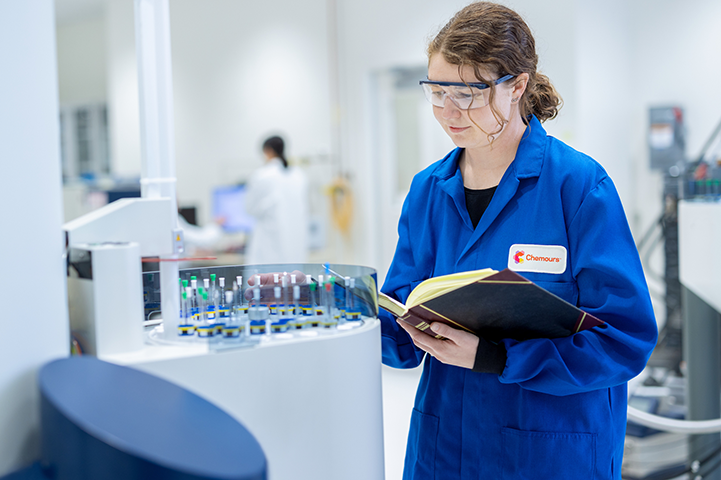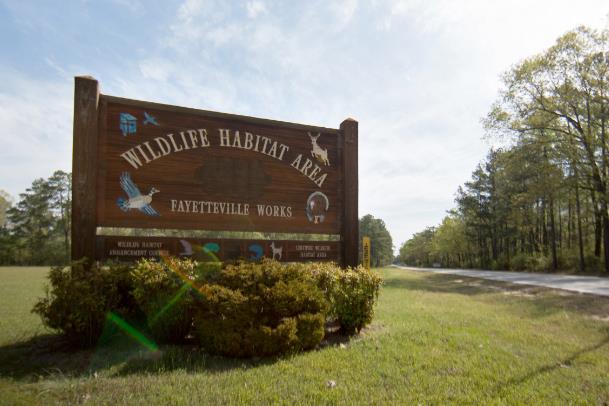Our stakeholders expect us to responsibly manage how we produce these chemicals and dispose of waste, which helps the environment and reduces operating and compliance costs. We are committed to improving our resource-use efficiency, acting on opportunities to reduce waste, encouraging our employees to reduce their own waste footprints, and enhancing the circular economy throughout our value chain. We also strive to be good stewards of the lands we own and lease to support our operations and are committed to preserving biodiversity.
Our 2023 Actions
- Reduced waste from a unit operation in Corpus Christi, Texas, by over 60%, while increasing yield, using a recycle stream, and saving more than $1 million annually. Though this project does not go toward our landfill goal, it was recognized with a 2024 Department of Energy Better Plants Project award.
- Utilized a circularity program to recycle or reuse super bags from customers
- Continued to perform assessments with customers to explore product presentation and shipping to reduce waste
- Continued to explore opportunities to reuse waste from internal TiO₂ landfills
- Developed a framework with Wildlife Habitat Council (WHC) to conduct a nature assessment and to implement a corporate-wide, nature-based initiative in 2024
- Awarded WHC’s highest-level gold certification at the DeLisle site in Mississippi, in part for its long-term monitoring of least tern nests; this site also partnered with Audubon Delta to enhance their efforts in protecting these birds
- Completed ninth year of a partnership between the University of Georgia and our mineral resources team to conduct gopher tortoise conservation research

Committed to Waste Reduction and Sustainable Land Practices
Despite our best efforts, our landfill volume intensity increased in 2023 versus our 2018 baseline. While there are several contributing factors, this increase is primarily due to the closure of an asset that produced zero landfill waste. As our understanding of circularity, product carbon footprint, and lifecycle analysis matures, we recognize the intersections between our waste goal and our climate and sustainable offerings goals. As we evaluate these sustainability opportunities, we expect progress towards our 2030 landfill goal to be delayed.
We take practical, cost-effective actions to reduce waste as we grow our operations, in addition to considering capital investments that improve manufacturing processes and reduce waste generated at our sites. We encourage everyone at Chemours to rethink and improve waste management strategies to reduce our impact on communities and the environment.
Nature is another important focus. Protecting and restoring natural habitats helps increase the availability of clean water in watersheds; provides protection from the impacts of severe weather events; enhances natural CO₂ sequestration processes; and supports rich, diverse ecosystems and their services. We strive to be good stewards of the lands we own and lease to support our operations.








